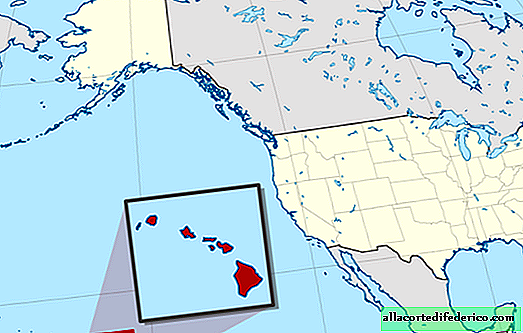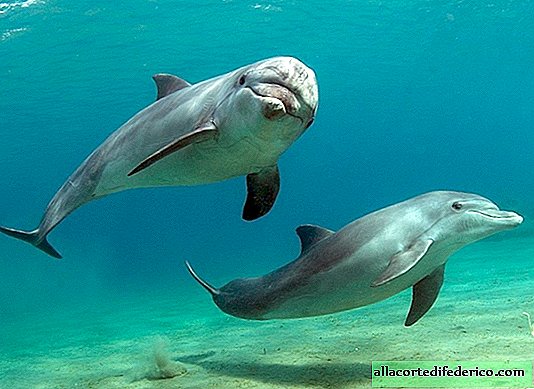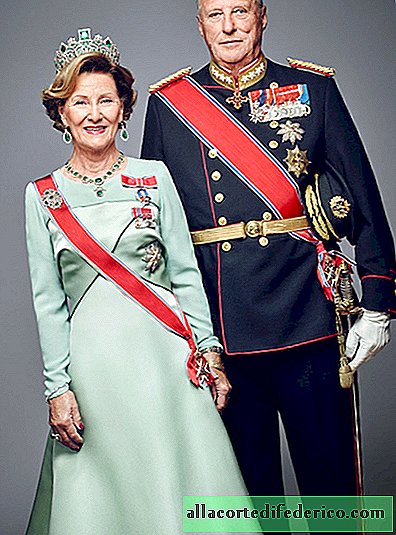The last queen of Hawaii, or how the Americans got the rebellious archipelago
Hawaiian Islands are the 50th and last state in a row, which became part of the United States, and not of their own free will. Today, the United States is the ultimate dream of millions of migrants, and in the middle of the 19th century, when there was a dramatic takeover of the territory of Hawaii, the population resisted to the last. But the power of arms prevailed over the will of the people: the last queen of Hawaii was overthrown and imprisoned, and the islands turned into sugarcane and pineapple plantations.

We can say that the inhabitants of the Hawaiian Islands have long been lucky. Being far from the main sea routes, they were unknown to Europeans until the end of the XVIII century. But in 1778, an expedition of James Cook stumbled upon the Hawaiian Islands, which at that time were inhabited by Polynesians. When on the way back, Cook's team again visited the islands to replenish supplies of water and food, as well as repair damaged ships, a clash with Hawaiians occurred on the shore. As a result of the scuffle, James Cook was killed, and the English sailors were forced to leave the islands.

Since then, British and American merchant ships from time to time approached the shores of the Hawaiian Islands and tried to establish contact with the local population. Over time, American entrepreneurs engaged in sugarcane cultivation began to show interest in the Hawaiian islands. The population of the islands at the time of discovery, according to historians, was about 300,000 people. The fate of this rather large population was the same as in most regions where civilized foreigners arrived: for several decades of illness, to which the Polynesians did not have immunity, the majority of the population was killed. By the end of the 19th century, about 30,000 indigenous Hawaiians remained on the archipelago.

The unification of the Polynesian population under the rule of the first Hawaiian king Kameamea I occurred in 1810. Not the last role in this process was played by weapons imported by Europeans. The king and his descendants established good relations with European and American merchants who exported valuable sandalwood and were engaged in whaling off the coast of Hawaii. The subsequent kings continued the policy of their predecessor: political and religious transformations were carried out, Protestantism was actively spreading, the constitution and state laws were adopted, health care was developing and the country was developing along the path of rapprochement with the Europeans.
 King Kalakaua, predecessor of Liliuokalani
King Kalakaua, predecessor of LiliuokalaniBut from the mid-19th century, American companies began to show interest in the islands, which intervened in the internal affairs of Hawaii. Workers from Asia were actively brought to the archipelago to work on sugarcane plantations. In 1893, during the reign of the last Queen of the Hawaiian Islands, Liliuokalani, a coup d'etat was committed. A group of armed American sailors overthrew the queen and the Republic of Hawaii was later proclaimed. This puppet state was ruled by the American administration. The active sections of Hawaiian society have made several attempts to expel the Americans, which were unsuccessful. In protest of the annexation of the United States, 38,000 signatures of the local population were collected. But this petition only temporarily postponed the final loss of independence of the Hawaiian Islands. As a result, the will of the people was ignored, and in 1898, the US Congress passed Newlands resolution on the annexation of the islands.
 Liliuokalani - The Last Queen of the Independent Hawaiian Islands
Liliuokalani - The Last Queen of the Independent Hawaiian IslandsThe last queen of the Hawaiian Islands, Liliuokalani (Lydia Kamakaea Paki, after the marriage of Dominis) led the country from 1891 to 1893 and ascended the throne after the death of her brother, King Kalakaua. As a result of the coup, Queen Liliuokalani was taken into custody and was imprisoned for a year. While in prison, she wrote the famous Hawaiian anthem and a book on the history of her country. After her release, she lived under the name Lydia Dominis and tried to challenge the actions of the American invaders. But all she managed to do was get a lifelong pension of $ 334 per month and get paid income from one of the sugar plantations. The last queen of the Hawaiian Islands died in 1917 at the age of 79.

Hawaiian Islands officially became part of the United States and acquired the status of a state only in 1959. Today, the population of Hawaii is 1.4 million people (as of 2015). And only 10% of them are native Hawaiians. The descendants of those who tried to maintain the independence of their homeland are gradually dissolving among the Japanese, Americans, Filipinos and Mexicans.


















